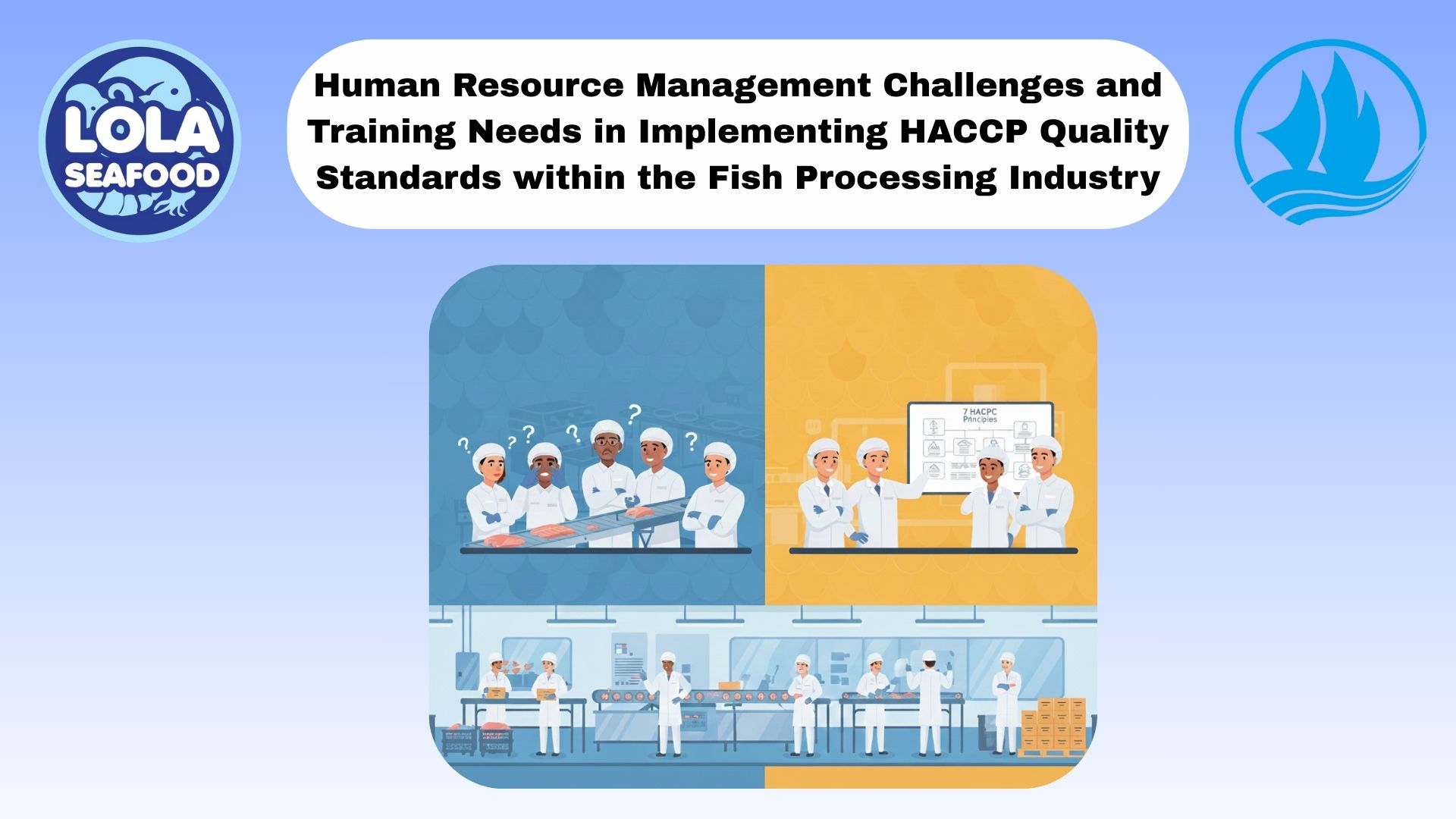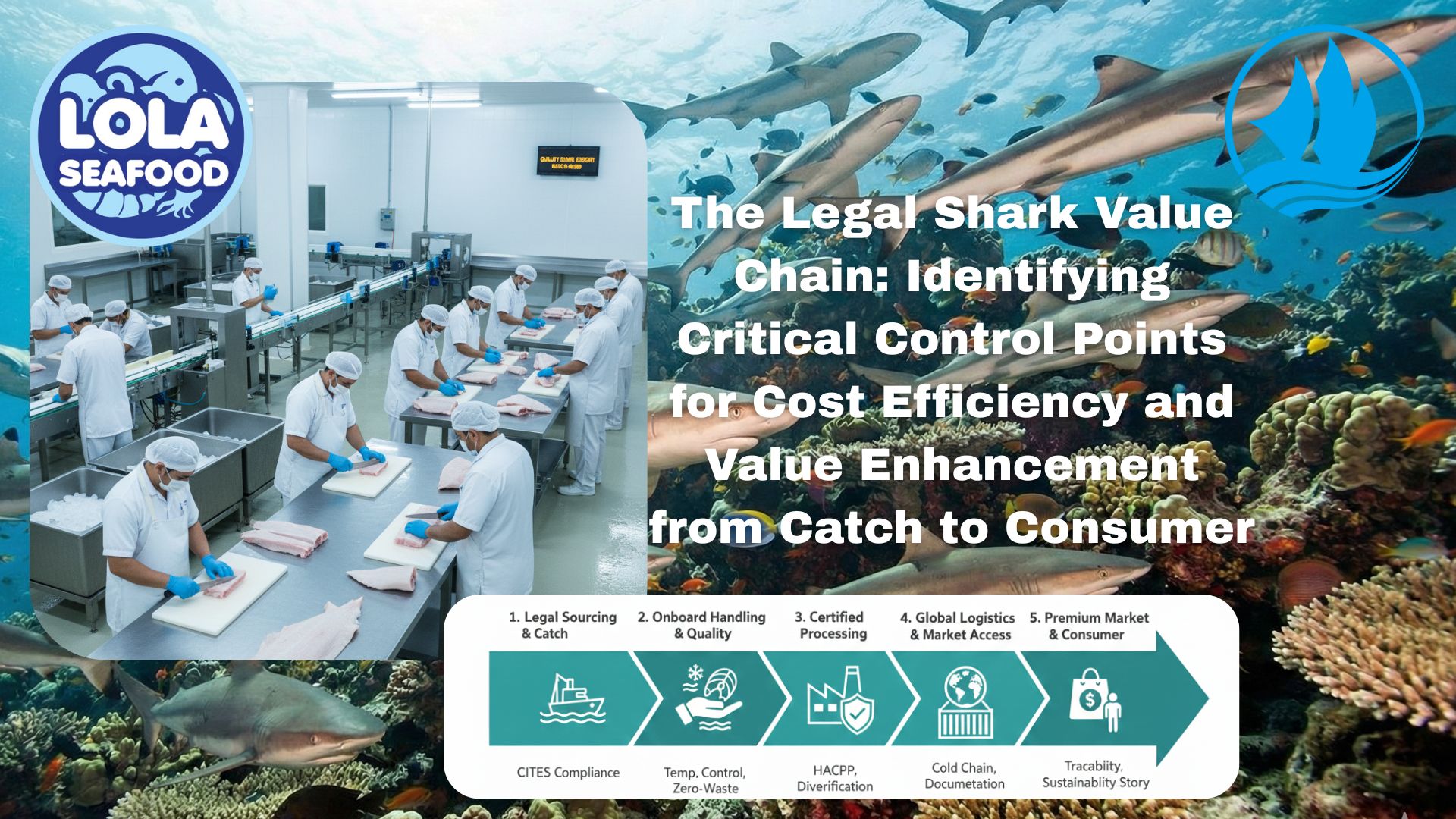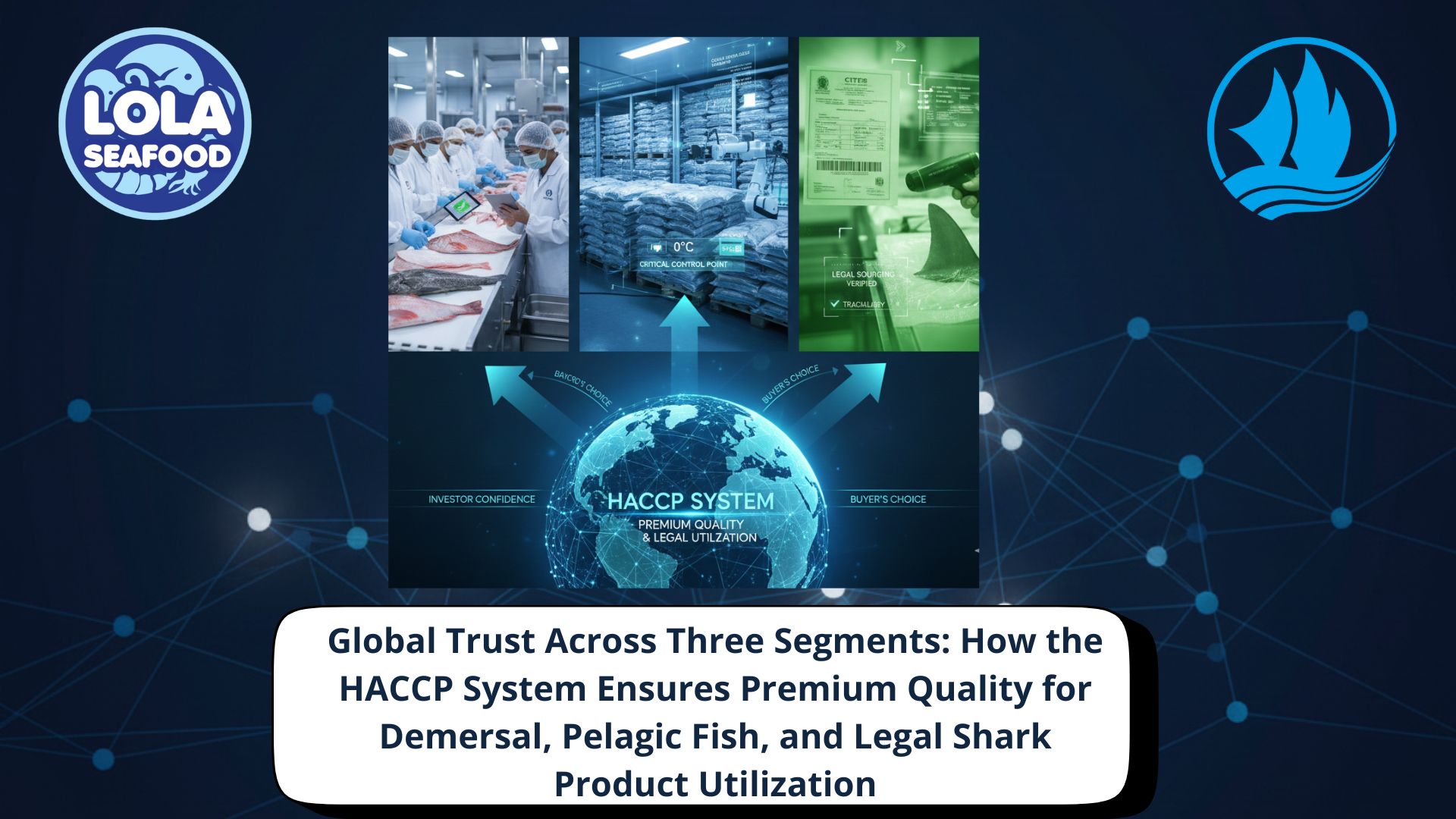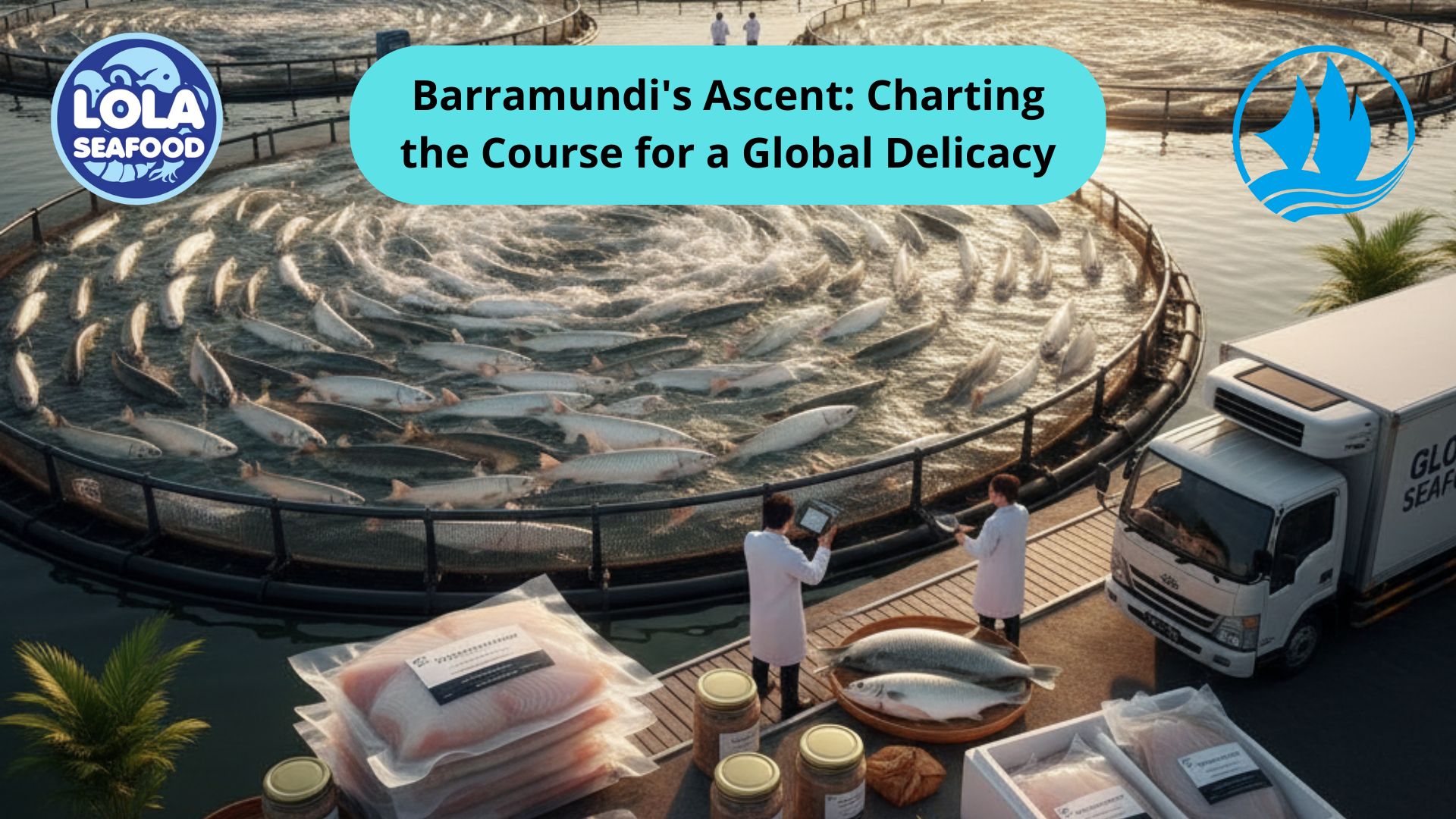The Effect of Good Fish Handling on Fish Quality
By. Nugroho Luhur - 16 Sep 2025.jpg)
Quality is everything in the seafood industry. Consumers expect fish to be fresh, flavorful, and safe to eat, while businesses rely on high-quality products to build trust and maintain profitability. One of the most crucial factors influencing the quality of fish is how it is handled from the moment it is caught until it reaches the consumer. Good fish handling practices not only preserve freshness but also extend shelf life, reduce waste, and enhance overall food safety.
The journey of fish quality begins the moment it leaves the water. Immediately after being caught, fish begin to deteriorate due to natural biochemical processes such as rigor mortis and bacterial growth. Proper handling techniques—such as rapid chilling—are essential to slow down these changes. By lowering the temperature quickly, bacterial activity is minimized, enzymatic reactions are slowed, and the fish retains its natural flavor and texture for a longer period. For example, placing fish in crushed ice or using refrigerated seawater systems onboard fishing vessels can maintain an optimal temperature close to 0°C. This simple but effective measure can significantly delay spoilage, allowing fish to remain fresh until it reaches processing facilities.
Good fish handling also plays a vital role in preserving the physical quality of the fish. Rough handling, such as dropping or piling fish carelessly, can cause bruising, broken flesh, and scale loss, which not only reduce visual appeal but also speed up spoilage. Gentle handling, proper sorting, and avoiding unnecessary pressure on the fish help maintain its natural appearance and firmness. For high-value fish species, such as tuna or salmon, even small defects can drastically reduce market price. Therefore, careful handling is a key factor in maximizing economic returns for fishermen and seafood processors.
Beyond appearance and freshness, proper handling ensures that fish remains safe for consumption. Bacteria such as Vibrio or Listeria can multiply rapidly if fish is left at warm temperatures. Cross-contamination can also occur if fish comes into contact with dirty equipment, contaminated water, or unclean surfaces. Implementing strict hygiene protocols—washing hands, sanitizing tools, and using clean containers—helps minimize these risks. Food safety regulations worldwide emphasize the importance of good handling practices. Compliance with Hazard Analysis and Critical Control Points (HACCP) standards, for instance, is mandatory for many seafood exporters and guarantees that fish products meet international safety requirements.
Another major benefit of proper fish handling is the extension of shelf life. Fish that are chilled, cleaned, and stored correctly can remain marketable for several days longer than poorly handled fish. This not only improves profitability but also helps reduce food waste, an increasingly important consideration for businesses focused on sustainability. By reducing spoilage, good handling ensures that a greater percentage of the catch reaches consumers in optimal condition. This has a direct impact on the bottom line for fishers, processors, and retailers alike.
At the retail level, consumers can often judge fish quality at a glance. Bright, clear eyes, shiny skin, and firm flesh are all indicators of good handling. When customers consistently find fresh, high-quality fish, they are more likely to return and recommend the brand to others. In an age where transparency and traceability are increasingly valued, businesses that invest in proper fish handling practices also strengthen their reputation. A commitment to quality demonstrates care for both the product and the customer’s health, helping to build trust and long-term loyalty.
Good fish handling is not just a technical requirement; it is a cornerstone of quality, safety, and sustainability in the seafood industry. From rapid chilling to careful storage and hygiene, every step in the supply chain affects the final product’s freshness, appearance, and safety. By prioritizing proper handling practices, fisheries, processors, and retailers can deliver superior seafood, protect consumer health, and reduce waste. Ultimately, good handling practices benefit everyone—from fishermen to end consumers—ensuring that the seafood we enjoy is as fresh, safe, and flavorful as possible.
If youre interested in our Mahi-Mahi Fillet Skinless please do not hesitate to contact us through email and/or whatsapp
.jpg)
The Impact of HACCP-Based Integrated Quality Management Programs on the Quality and Competitiveness of Fresh Demersal Fish Products
 and Employee Productivity on the Demersal Fish Processing Floor.jpg)
The Correlation Between Occupational Health and Safety (OHS) and Employee Productivity on the Demersal Fish Processing Floor

Human Resource Management Challenges and Training Needs in Implementing HACCP Quality Standards within the Fish Processing Industry

The Legal Shark Value Chain: Identifying Critical Control Points for Cost Efficiency and Value Enhancement from Catch to Consumer



.jpg)
 in Meeting Global Protein Demand Sustainably.jpg)